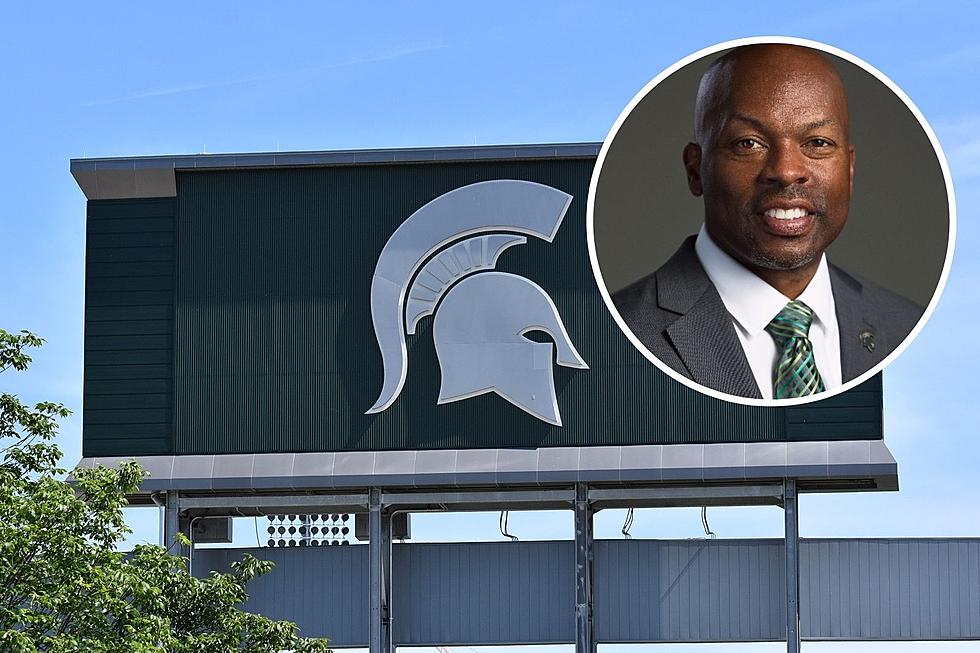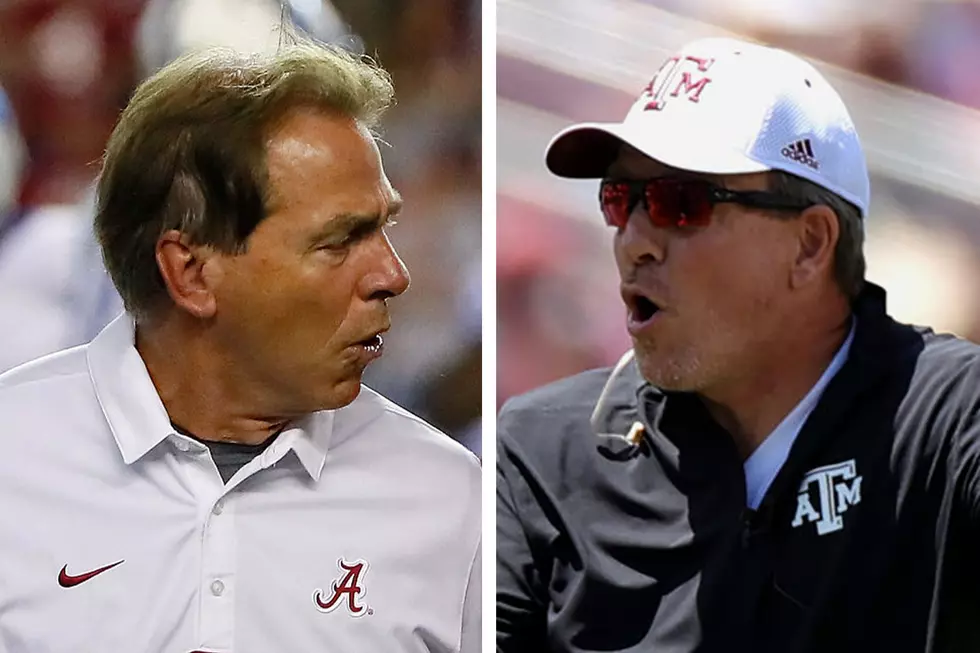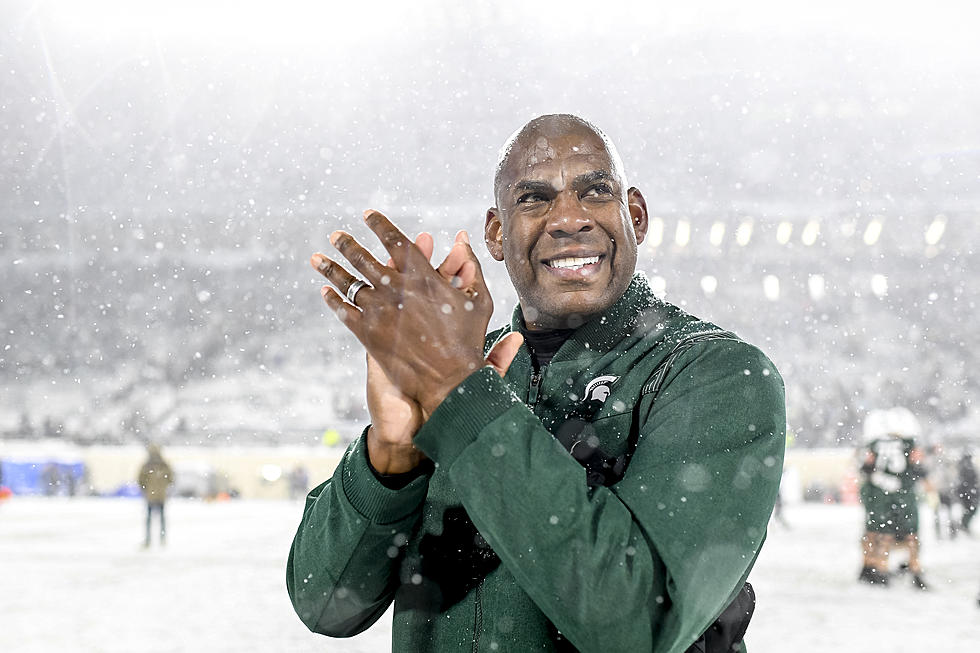
Big Ten Conference Expansion: Some Schools That Could Make Sense
College sports is changing, and it's changing fast.
In a day and age when players can finally profit monetarily off their own name, image, and likeness, conferences appear to be changing too.

With that change as a backdrop, will the Big Ten follow suit? And could the league expand to a 16-team mega conference to compete with the SEC?
Maybe. What we know for sure is that changes are coming. And we know that thanks to Michigan State athletic director Alan Haller.
“There will be,” Haller said, when asked Monday whether realignment and other changes will be coming to the conference. “We’re working through them.”
If that means the Big Ten is expanding, then who is on its shortlist? We can probably figure that out if we take into account what matters most to the Big Ten.
New Media Markets (Translation: Money)
The Big Ten wants to expand its horizons — more so in terms of new revenue streams than geography. The bigger the media market, the more advertising dollars, and that's something that's top of mind in the conference expansion wars. Think about schools that would give the Big Ten access to big-time markets it doesn't already have access to, because that's how the conference can charge network partners even more for its TV rights.
Competitive Profile
This still matters. You may not think so on account of Maryland and Rutgers, but the Big Ten doesn't want to just add anyone — the league wants members that are economically viable but also competitively viable.
Geography
This probably doesn't matter as much as it used to. Hell, maybe it doesn't matter at all anymore. After all, the Southeastern Conference — the one that's, you know, supposed to be about the southeastern portion of the United States — just added one school from the Great Plains and another from a state that shares a long border with Mexico.
Academics
This is probably the dumbest hang-up the Big Ten has. Making academics a priority when considering new conference members severely limits the pool of candidates. And why do that? College sports has less and less to do with academics all the time. This is a business. College sports deals in multimillion-dollar sponsorships for its players and multibillion-dollar contracts for its conferences. That kind of money makes this endeavor commercial — it stopped being amateur a long time ago.
Even so, academics still seems to rank high on the Big Ten's list of values. The league has never admitted a school that's not part of the prestigious Association of American Universities. All current Big Ten schools are AAU members, except Nebraska, which was part of the AAU when it joined the Big Ten in 2011 but has since lost that accreditation.
It does seem, though, that if the Big Ten is going to expand it will have to relax this barrier to entry, because most of the schools that are "available" aren't AAU members.
With those qualities in mind, we've put together a list of schools that could make sense for the Big Ten if it is indeed looking to expand. If you find yourself saying, "There's no way [INSERT SCHOOL] would leave the [INSERT CONFERENCE] for the Big Ten," remember, the Big Ten can offer a member of any other conference a larger TV revenue sharing check:
- Big Ten: $54.3 million
- SEC: $45.5 million
- Big 12: $37 - $40.5 million
- Pac 12: $33.6 million
- ACC: $30.9 - $37 million
Candidates for Big Ten Expansion
More From 94.9 WMMQ









